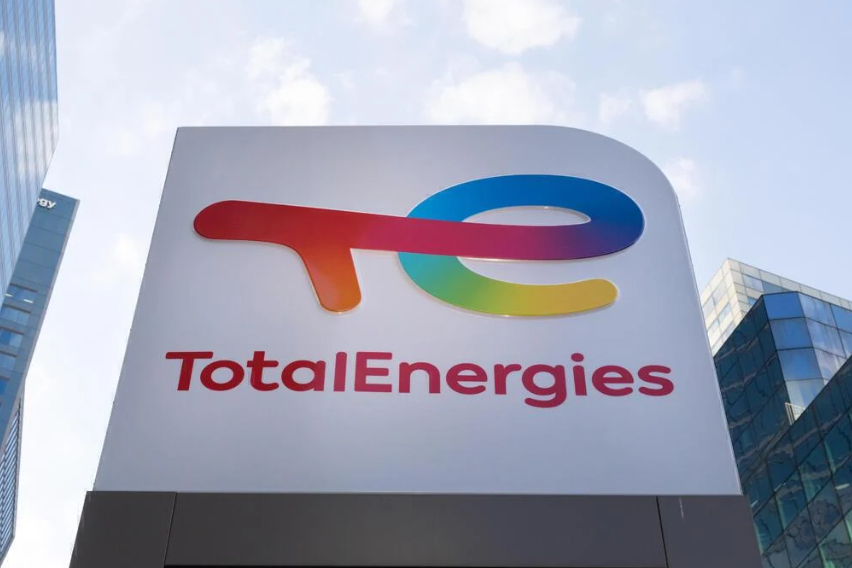A cornerstone project in Chile’s green hydrogen ambitions—TotalEnergies-backed H2 Magallanes—has encountered a major regulatory hurdle, raising fresh questions about the social and environmental feasibility of gigawatt-scale hydrogen developments in remote regions.
The local government of San Gregorio has rejected the project’s environmental impact study, describing it as “insufficient” and flagging concerns about potential disruption to local infrastructure and communities.
The proposed $16 billion green hydrogen and ammonia complex, led by developer TE H2 (80% owned by TotalEnergies), was envisioned as one of the largest in Latin America. It would leverage the intense wind resources of Chile’s southern Magallanes region to produce green hydrogen for conversion into ammonia, targeting export markets in Asia and Europe.
However, the municipal rejection of the project’s Environmental Impact Assessment (EIA) underscores the rising tension between national decarbonization goals and local development priorities. According to regional reports, the municipality expressed concern that the project would generate unsustainable levels of road congestion on Route CH-255—a lifeline for the sparsely populated area. The influx of workers and construction activity, officials warned, would overwhelm the limited capacity of local emergency services and public infrastructure.
Crucially, San Gregorio authorities pointed to the absence of clear commitments from TE H2 to mitigate these impacts. While the EIA addressed ecological and technical considerations, it fell short in detailing how the project would manage population growth, public service pressure, and housing demands during its multi-year construction phase. In a region already challenged by logistical isolation, that omission appears to have been decisive.
The rejection puts pressure on TE H2 to revise and resubmit a more comprehensive plan that incorporates concrete social safeguards. It also highlights a broader challenge for large-scale hydrogen projects globally: while technical feasibility and renewable resource availability may be strong, the social license to operate is not guaranteed.
Chile’s Magallanes region has emerged as a focal point for green hydrogen investment due to its world-class wind resources and relatively low population density. Yet, as multiple developers—including HIF Global and others—jockey for megaproject approvals, local authorities are increasingly asserting their role in vetting project impacts beyond environmental baselines.
For TE H2, the path forward may now involve not only updating its environmental documentation but also negotiating a more inclusive community engagement framework. Failure to address the concerns raised by San Gregorio could delay the project’s anticipated timelines—already under pressure given global competition for green ammonia market share and the pace of European demand growth.
Stay updated on the latest in energy! Follow us on LinkedIn, Facebook, and X for real-time news and insights. Don’t miss out on exclusive interviews and webinars—subscribe to our YouTube channel today! Join our community and be part of the conversation shaping the future of energy.
